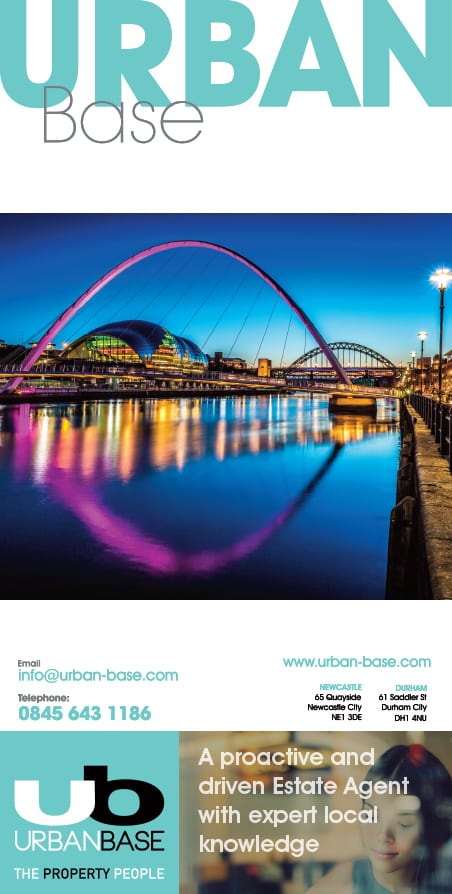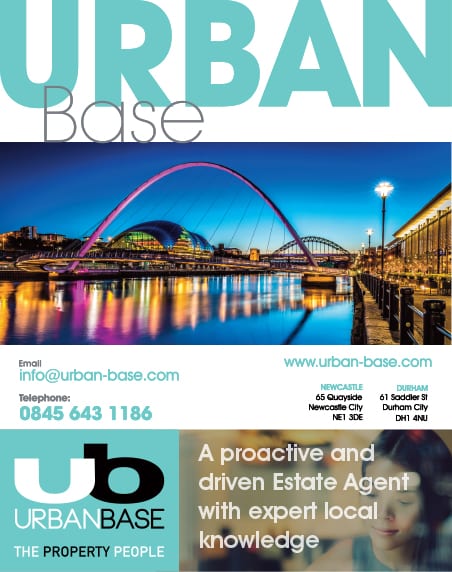It's safe to guess that most readers will be aware of the story of Goldilocks and the Three Bears. It's a tale I recall from my childhood, with, as we'll remember, the central characters being Goldilocks, the three bears and of course those big, small, and just-right bowls of porridge.
It’s an analogy I use for consultations when advising clients, and this week has been no different. A new contact broached me with a little project’ a domestic extension to an existing property.
“I’ve spoken to the neighbours immediately adjacent, who we’ve always got on really well with, and they’re okay with it. Is that enough?”
The that’ he was referring to was his consultation approach. It’s a relatively small job in terms of footprint, programme and budget, but for those footing the bills, and those who live in the same road as the applicant, it’s a big deal. Which is why I advised that he approach it in the same way a consultation on a much bigger project would be.
“Use the same principles as if it was a 1,200 unit masterplan,” was my advice. “Put yourself in your neighbours shoes and consider what you would expect to happen if they were turning your road into construction site.”
The site in question was within a crescent of properties, with neighbours adjacent either side and to the rear, with shading from trees in the rear garden. Although the neighbours to the immediate left and right had been consulted for their thoughts, those beyond and elsewhere in the crescent had not, but they would potentially be impacted by construction traffic, noise and dust coincidentally the most-commonly cited concerns of consultees on projects of a much larger size.
My advice to clients is to ensure the consultation is in context with the proposal, and sized up or down to be appropriate to the proposals, and in line with the guidance provided by the local authority.
There is no single document available within the planning system which sets out in clear, unequivocal terms, what the applicant, developer or consultor must do when carrying out pre-planning consultations. The best anyone can do is to ensure that everyone who may be affected by a development proposal can be involved, and if they choose to be involved, that the consultation is open, accessible, informative, and engaging. Engagement is a multi-directional relationship, but there are some fundamental must-dos which every consultor should bear in mind:
1. Map your stakeholders. Who will be affected (at all) by what you are planning?
2. Invite them to come and find out more about the proposals
3. Be prepared to hold a small event an event room in your local pub will suffice, or, it’s a domestic project, consider holding it at the house where it is planned for, so neighbours can get an in-context idea of size and impact. (It’s also a good chance to get to know your neighbours better)
4. Keep a record of who engages with you about the project, and what they say
5. Be open to concerns and questions about the project – and prepare answers for the questions you expect to be asked (traffic, noise, periods of work, timescales, access, dust and dirt, etc.)
6. Prepare a report to accompany the planning application to demonstrate that you have engaged and consulted, and that, where possible, mitigated against concerns by tweaking the proposal
7. Be prepared to maintain dialogue and the relationships with stakeholders through the planning and construction phases
8. Remember that your proposal is an application which may not be granted approval. Appeal is a costly process – both in terms of time and money – but can be avoided by engaging as early as possible and in the most appropriate manner to reduce or avoid objections against your proposal being lodged during the statutory consultation.


